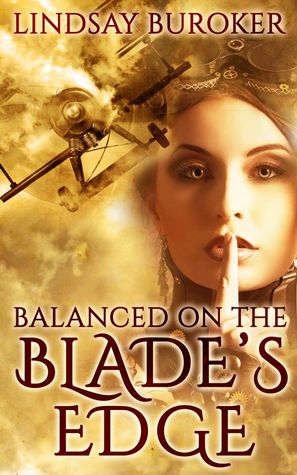Welcome to The Ready Room, where I explore random topics to help you kick off your week.
This week’s topic explores the novella and how it connects readers and writers. Typically written in the 7,500-40,000 word range, novellas (or mini-novels) have been around for hundreds of years. While I’ve probably read (and forgotten) many in my childhood, it’s in the last few years that I’ve understood their impact and how important they are to my own writing.
A Little Significance
For starters, novellas are short, and can typically be read within a day, depending on how fast you typically plow through a novel. Which means they can be used as an introduction to authors or to a larger series. And many times… they’re free.
Who says no to free books, am I right?
In the past six months I’ve taken the leap into seeking out novellas and free books for my pleasure reading time. What I’ve discovered is amazing new authors I’d never heard of and larger stories I’m dying to sink my teeth into. Authors I might never have discovered if a sample of their short work wasn’t out there.
But there’s another benefit too.
The Cutting Room Floor
As a writer, every time I edit my books, some small bit I love always gets removed. Sometimes it’s a line or two, but last week I removed a scene that’s been in the story for years. I love it with all my heart because it gives a great moment between the heroine and the two bowmen she travels with. It broke my heart that it no longer serves the story, so now it’s in the pile of bits and nuances left behind.
Or are they?
While I’ve cut this scene from the larger narrative, and dozens of others, I now have a giant pile of short story fodder. Flashes and moments and side characters I can pull into novella-sized tales for use down the road when my stories are published. Basically, digestible bits of my writing style and the universe I’ve created to engage and invite readers into the larger narrative.
So, how do I do this?
Creating the Novella
Think about the first chapter of your favorite book. You have a character in a situation with a conflict and shit’s about to get real.
- The story must have an arc. Character encounters problem, character overcomes problem, hint at bigger problem or next tale. Always ensure that the arc you open, gets closed at the end. I’ve read many novellas recently that didn’t adhere to this basic concept and made the descent into wandering plot. I lost interest pretty quick.
- Give me all the tension. Things need to happen pretty quick in a shorter tale, so get the readers front and center into that conflict right away. If we’re reading about characters with happy lives and all is magic, then as a reader I’m just creeping on someone else’s life.
- End with a hook. If you’re creating your novella to snare readers into the larger narrative, they need a reason to read on. One particular short I read last month was gorgeous—beautiful writing, gorgeous grimdark story. While I loved it, I didn’t feel engaged enough to go on, until she slapped me across the face with the ending hook. Now her larger tale (& subsequent series) is on my to-read list.
Novellas can be a great advantage for writers to help gain an audience for their story, or for readers who want a quick read for a rainy afternoon or to kick around at the beach. If you know any great novellas out there (or free books), feel free to leave titles and links in the comments.
Here are a few of my favorite novellas and free books:





If you like this article, be sure to check out The Ready Room for more tips and tricks. You can also subscribe to this blog and be the first to know when new content is delivered.



[…] army flanks and maneuvers as nations went to war. It was a struggle, and why I’ve found that novellas can be amazing. Sometimes all we want is a quick read to find some wonderful new worlds to live […]
Excellent article. Ι certainly appreciate this site. Ⴝtіck
wіth it!
My brother suggesteɗ I maay ike this bⅼog. He was once entirely
right. This submit truly maɗe my ⅾay. You can not Ьelieve simply how so much time I had spent fοr this info!
Thanks!